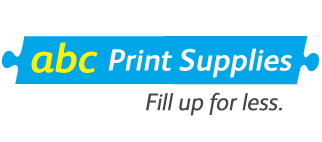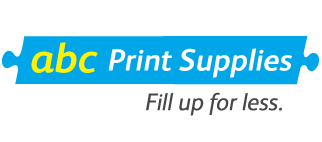Why are printer cartridges running out much earlier than you expect. You have read that a cartridge might have a 400 page yield - yet you swear you haven't even used 100 pages when your printer says it's out of ink/toner.
There are a number of reasons for this which we can examine:
A) When you buy a new printer, a cartridge is supplied with it free of charge. But the supplied cartridge is often less than 50% of the normal yield capacity of the standard cartridge for that printer. An example of this is the Brother HL-2140 printer which is supplied with a Brother TN-2130 toner cartridge that has a standard yield of 1,500 pages. But the supplied cartridge will only have 40% of capacity. It's supplied at no extra charge to the purchase of the HL-2140 printer. So no problems, other than it doesn't last too long. When it is time to replace it, you are better off getting the Brother TN-2150 toner cartridge, which has a standard yield of up to 2,600 pages, in accordance with ISO/IEC19752. Otherwise, if you prefer to use the generic toner cartridge, you could purchase the TN2150X, which has an ISO rated yield of 4,500 pages.
B) All printer cartridges have a rated yield that is expressed in terms of either millelitres (ml) or pages, with the later becoming the more popular. The measurement is weighted according to the International Organization for Standardization (ISO), in conjunction with the International Electrotechnical Commission (IEC). This international standard measure was set up in 2004, and has been accepted by the brand names and respectable generic brands. Published standards include the following:
1) ISO/IEC 19752 for monochrome toner cartridges (black only printers) 2) ISO/IEC 24711 for colour inkjet cartridges (December 2006) 3) ISO/IEC 19798 for colour toner cartridges
The yields quoted in all cases achieve an average of approximately 5% coverage par page. What this means is that in practice, you will get considerably less pages printed than the stated yield.
No Image Available













